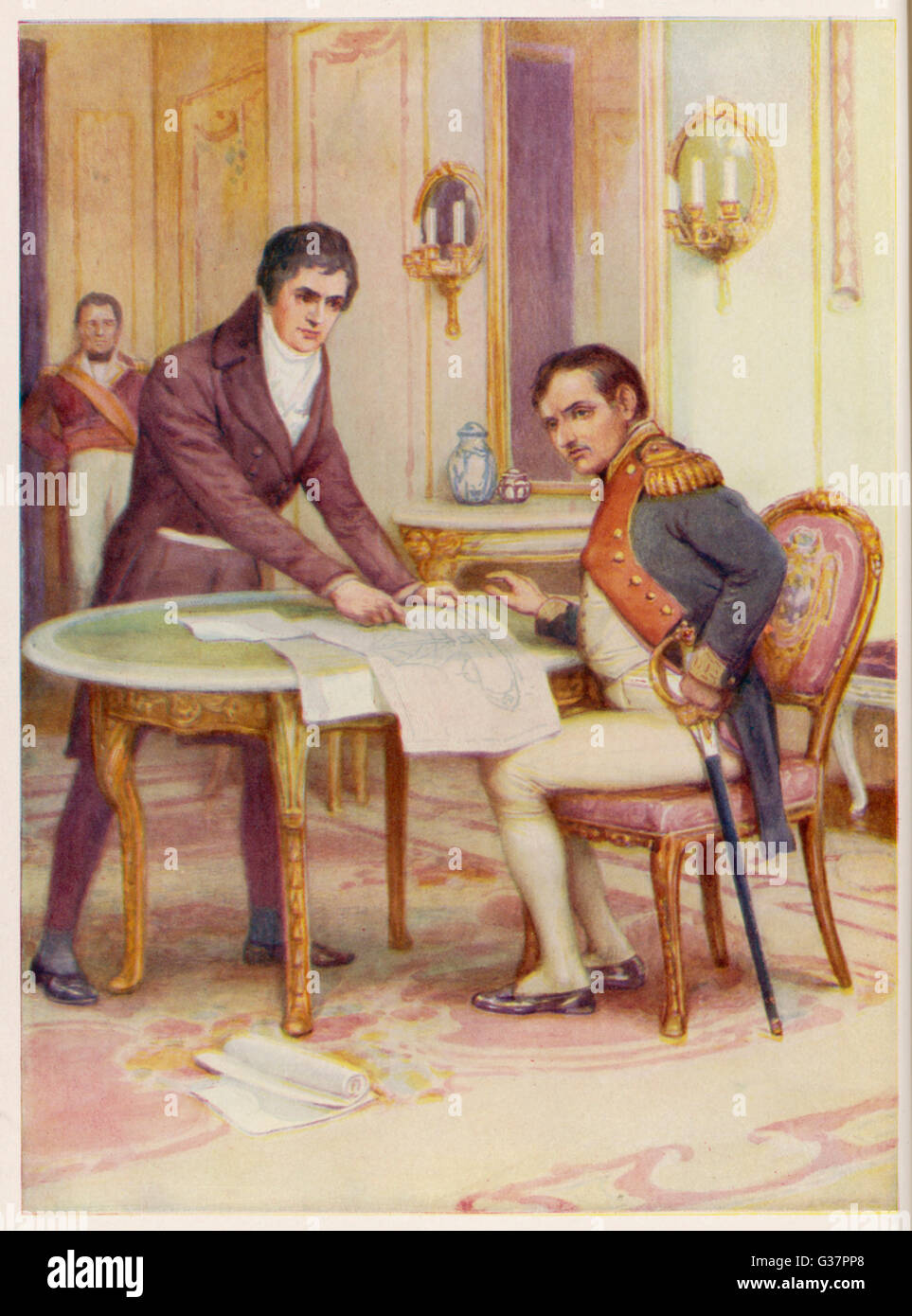

In September, Fulton wrote a long report on the experiments. However, the British ships eluded the slower submarine. In August 1801, Fulton obtained permission to attack British ships blockading a small harbor near Cherbourg.

The new Nautilus could remain submerged at a depth of 25 feet for over four hours. Based on this success, as well as later sea trials at Le Havre, in 1801 First Consul Napoleon Bonaparte authorized 10,000 francs for Fulton to make improvements to the Nautilus. In July 1800, Fulton conducted the first test dives of his submarine, the Nautilus, on the Seine at Rouen. He also, in 1799, took out a French patent on the panorama, a technology to which he had been introduced in England. Eventually Fulton was authorized to build his machine. Fulton approached the French government with an idea for a “plunging boat” that could secretly maneuver under British warships and attach explosive charges to their hulls. Fulton’s submarineĪs there was little interest in his inventions in Britain, Fulton moved to Paris in 1797. He designed a canal dredging machine and obtained patents for several related inventions.

In 1796 he published a Treatise on the Improvement of Canal Navigation, which also proposed improvements in bridges and aqueducts. Among other things, he began developing ideas for canals that would use inclined planes instead of locks. In 1791, Fulton exhibited his paintings at the Royal Academy.įulton soon concluded that his art was unlikely to be profitable. In 1786, hoping to make his fortune as an artist, he sailed for England with a letter of introduction to the American painter Benjamin West. At age 17, Fulton became an apprentice in a Philadelphia jewelry shop where he specialized in painting miniature portraits for rings and lockets. Fulton’s father – an Irish immigrant – died when he was young. Robert Fulton was born on November 14, 1765, in Little Britain, Pennsylvania.


 0 kommentar(er)
0 kommentar(er)
